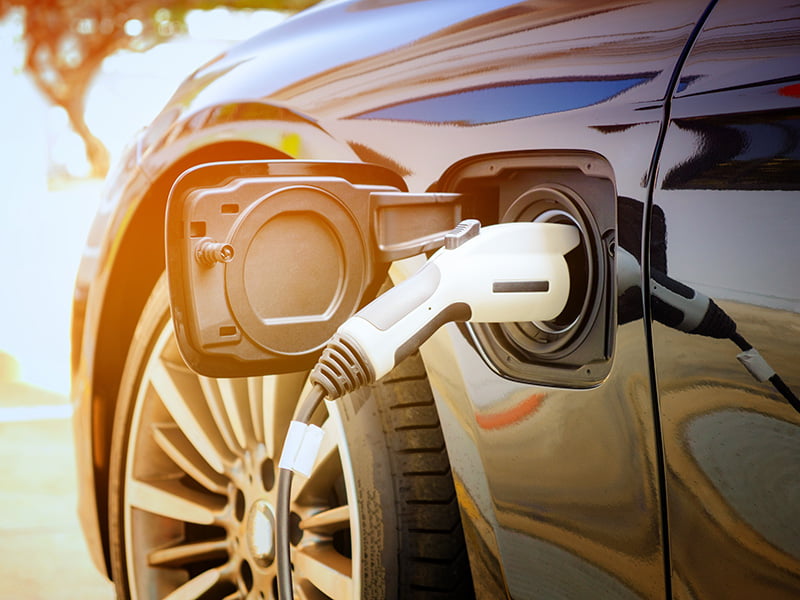The Queensland state government has doubled the value of zero emissions vehicle rebates for some households, but has not increased funding for the scheme.
From July 1, the rebate will increase from $3,000 to $6,000 for households with a gross annual income of $180,000 or less.
The change will take the rebate above that of the $3,500 subsidy available in Western Australia — currently the largest rebate available for zero emissions or electric vehicles (EV).
It will also be retrospective, with those who initially received the $3,000 rebate also eligible for an additional $3,000 payment.
The Queensland government committed $45 million for rebates on 15,000 EV’s through the scheme last year. Since the scheme’s launch in July 2022, 1,135 EV rebates have been approved.

As there is no increase in funding for the scheme, the change is expected to see the total number of EV purchases supported fall.
Purchase of vehicles up to the value of $68,000, excluding dealer delivery fees but including GST, will also now be eligible for the rebate, up from the initial threshold of $58,000.
The state government notes that there are “at least 23 electric vehicle models available for purchase” under the new threshold and expects seven more to be available by the end of the year.
By 2030, the government wants 50 per cent of all new passenger vehicles to be zero emissions, according to its Zero Emission Vehicle strategy.
Queensland’s Minister for Energy, Renewables and Hydrogen Mick de Brenni said the changes to the rebate scheme would ensure EVs are “more affordable and more accessible to all Queenslanders to slash emissions and act on climate change with cleaner technology”.
“I was speaking to someone earlier this week who powers their EV with solar from their home. It only cost them $14.50 to drive almost 4,000 kilometres. Comparably, the cost of driving a petrol-powered car would be at least 30 times this,” Mr de Brenni said.
“We also want to see fleets transition to further drive down emissions. That’s why Queensland businesses can apply for up to five rebates per financial year, providing an opportunity for local businesses to make the switch to electric fleets.”
Similar rebate and subsidy schemes at $3,000 per vehicle are available in New South Wales, Victoria, and South Australia. The governments in those states have committed $75 million, $60 million, and $21 million, respectively.
In Western Australia, which currently offers the largest rebate at $3,500, the government has invested $35 million into the scheme.
In the first three months of 2023, Australian electric vehicle sales were higher than medium-sized petrol cars for the first time, according to the Australian Automobile Association’s EV index.
Overall, EV sales make up 3.8 per cent of new car sales in Australia, according to the Electric Vehicle Council.
Additional financing to encourage the uptake of electric vehicles follows the release of the National Electric Vehicle Strategy on Wednesday.
On Thursday, the Clean Energy Finance Corporation (CEFC) announced it would commit $40 million to discount retail EV loans from Australian non-bank lender Firstmac. The funding will support the purchase of 900 additional EVs, giving customers an estimated savings of between $1,400 and $2,500.
The CEFC has so far committed to $230 million in support for “retail and commercial green finance”, supporting the deployment of more than 3,000 EVs and plug in hybrid vehicles.
Do you know more? Contact James Riley via Email.

